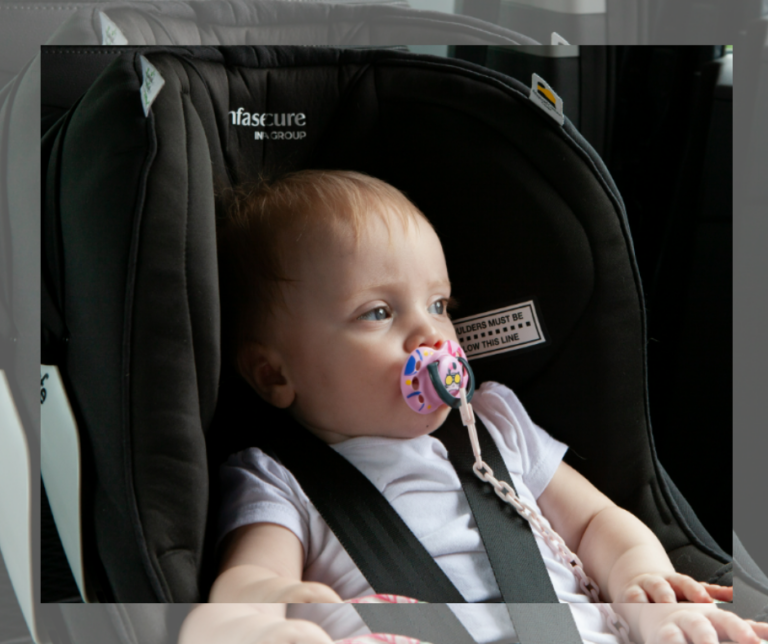Facebook-f
Youtube
Linkedin-in
Understanding AS/NZS 4370
AS/NZS 4370 is the Australian and New Zealand Standard specifically developed to address the unique needs of children with disabilities or medical conditions when traveling in motor vehicles. This standard outlines guidelines for selecting, using, and modifying child restraint systems to provide optimal safety and comfort.

Key Aspects of AS/NZS 4370
- Tailored Restraint Solutions: The standard provides a comprehensive framework for prescribers, such as medical practitioners and occupational therapists, to assess and recommend the most suitable restraint systems for children with special needs. This includes both compliant child restraints and special-purpose restraints designed for various disabilities
- Prescriber’s Certificate: To use a restraint under AS/NZS 4370, a prescriber’s certificate is required. This certificate, issued by qualified professionals, details the child’s condition, the type of restraint prescribed, and any modifications needed. It ensures that the chosen restraint system meets the specific needs of the child and is reviewed annually.
- Types of Restraints:
- Compliant Child Restraints: These meet the general standards set by AS/NZS 1754 but may include modifications such as additional postural supports or padding.
- Special Purpose Child Restraints: Specifically designed for children with disabilities, these restraints may include imported seats that comply with international standards if local options are not suitable.
- Customized Restraints: Tailor-made solutions that do not conform to standard specifications but are designed to meet the individual needs of the child.
- Ancillary Equipment: The standard also provides guidelines for the safe transportation of essential medical equipment, such as ventilators and portable oxygen tanks, ensuring they are securely stored and do not pose additional risks during travel.
Implementation and Compliance
Using restraints approved under AS/NZS 4370 involves several steps:
- Assessment and Prescription: A thorough assessment by a qualified prescriber to determine the most suitable restraint system.
- Certification: Issuance of a prescriber’s certificate detailing the restraint and any required modifications.
- Installation and Review: Proper installation of the restraint, followed by regular reviews to ensure continued suitability as the child grows or their needs change.
Importance of AS/NZS 4370
The implementation of AS/NZS 4370 is vital for ensuring that children with disabilities or medical conditions can travel safely in motor vehicles. By providing a structured approach to selecting and customizing child restraints, this standard helps mitigate the risk of injury and enhances the comfort and safety of vulnerable young passengers

